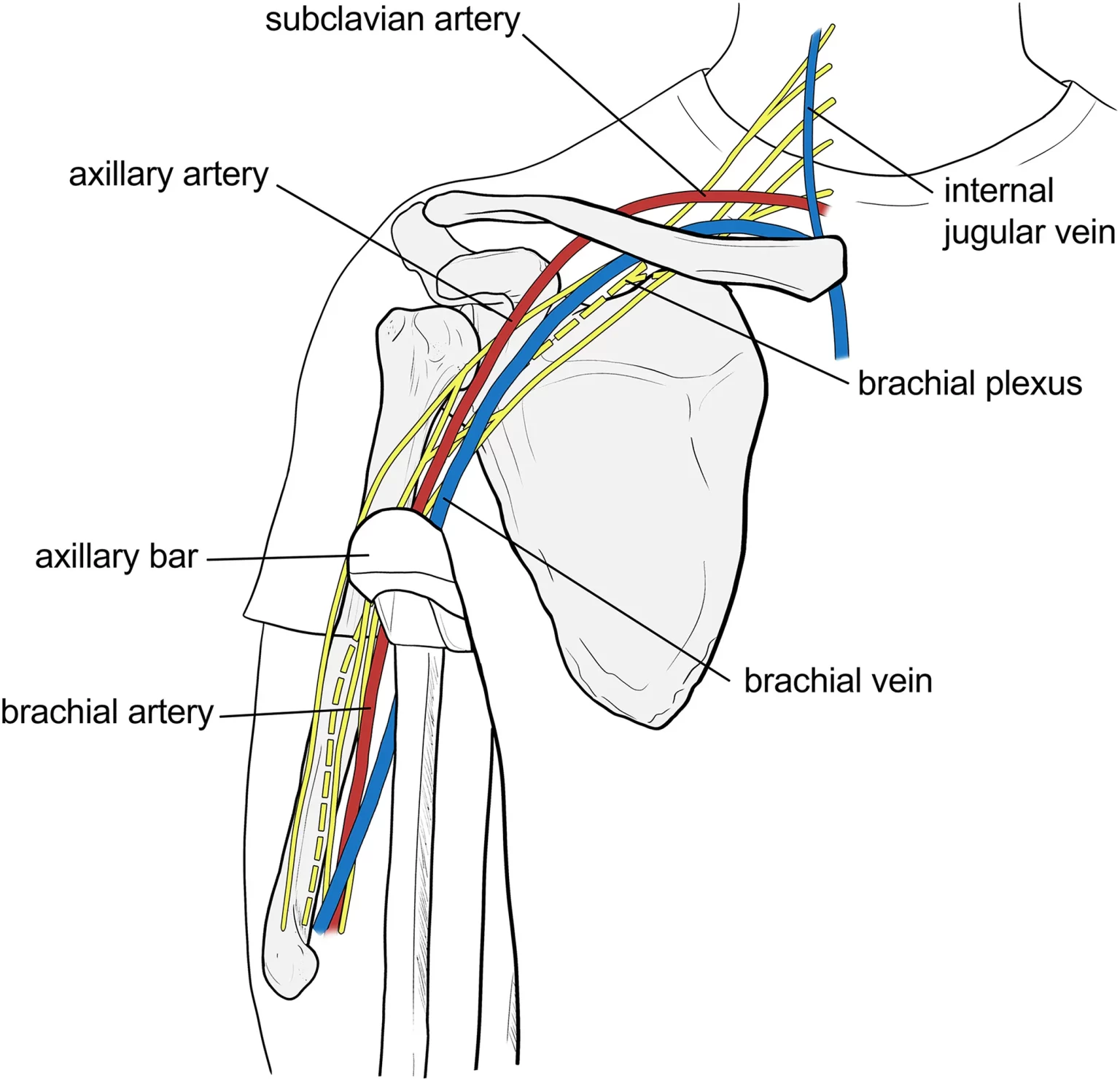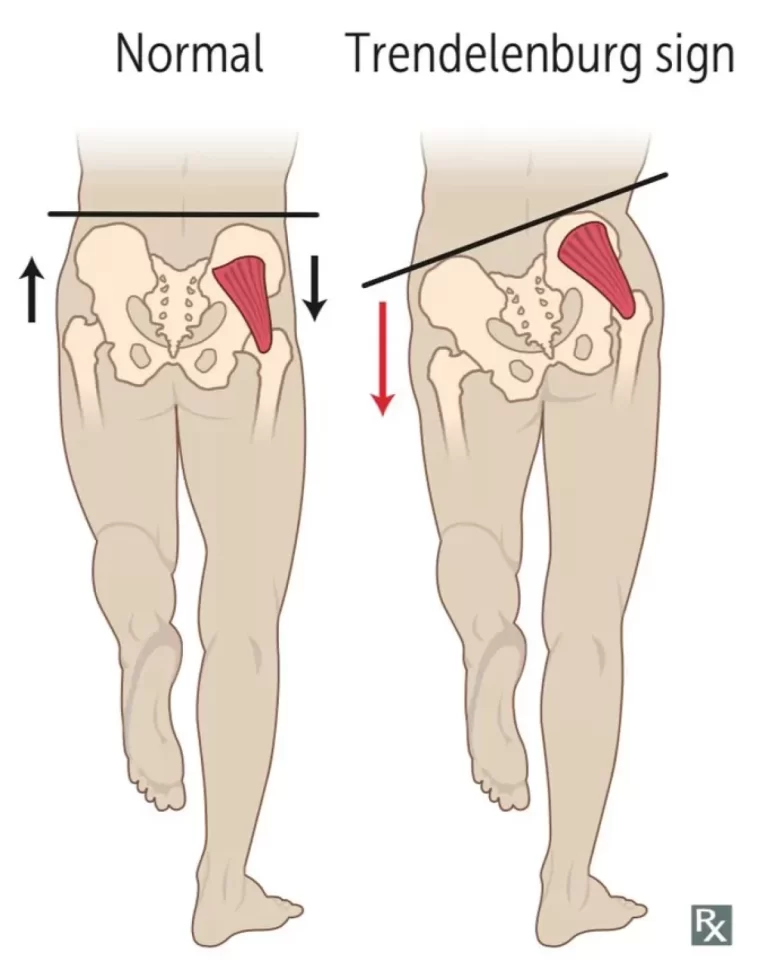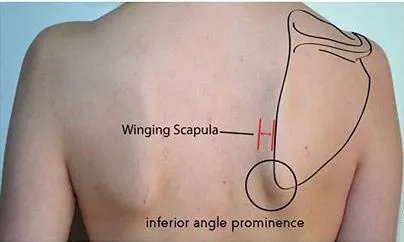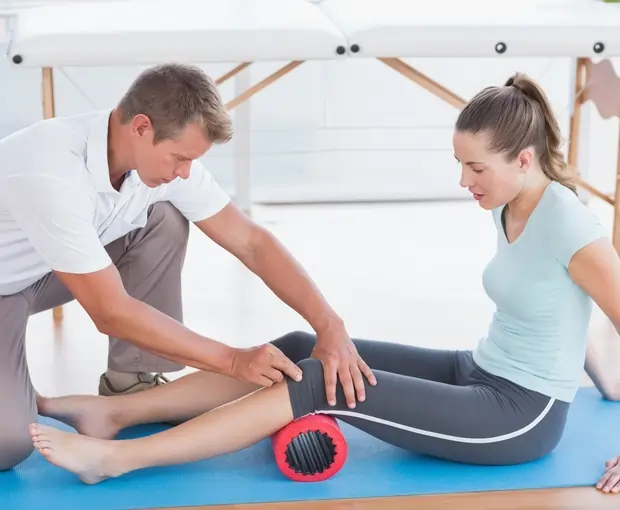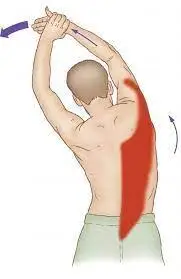Crutch Paralysis
What is Crutch Paralysis?
Crutch paralysis is a condition that arises from the prolonged or improper use of crutches, leading to nerve compression or damage, typically in the underarm area. The condition primarily affects the radial nerve, which runs along the upper arm and controls movement and sensation in the arm and hand.
The muscles innervated by the crushed nerve may become paralyzed as a result. The radial nerve is frequently pressed on the humerus by crutches that are not properly height-adjusted. Any muscle innervated by the radial nerve may become partially or completely paralyzed as a result of this.
An illustration of this is wrist drop, a condition in which paralysis results from the radial nerve’s inability to innervate the extensor muscles, leaving the fingers, hand, or wrist permanently flexed. Similar to other injuries resulting from compressed nerves, this ailment typically gets well with therapy somewhat rapidly.
What causes Crutch Paralysis?
Compression from crutches (crutch palsy) or falling asleep with one arm draped over a chair (Saturday night palsy) are two other common causes of injury to the radial nerve. Humerus fractures may cause more severe damage to the radial nerve.
What are the symptoms of Crutch Paralysis?
The most common signs of radial nerve palsy are pain, weakness, and loss of function. Usually, an injured arm will have weaker wrist and finger extension muscles in addition to diminished sensation throughout the posterior or dorsal portion of the arm, hand, and forearm.
How can Crutch Paralysis affect children?
Just as it can impact adults, childhood cases of crutch paralysis can also provide challenges. Children’s long-term effects may include joint and bone abnormalities.
Complication of Crutch Paralysis.
If crutch paralysis is not adequately treated, complications may develop. Among the possible issues are:
- Injury or Strain to the Muscles: Overuse of the arms and shoulder muscles can result in tears, strains, or other ailments.
- Joint Pain: Due to incorrect weight distribution, using crutches for an extended period of time can cause pain or discomfort in the shoulders, elbows, and wrists.
- Bad Posture: Using crutches excessively might force compensatory motions that alter posture and increase the risk of developing back pain.
- Nerve Compression.
- Reduced Mobility: It may be difficult to return to regular exercise or go from crutches to alternative mobility aids if upper body strength is impaired.
- fatigue: Constant crutch use without pauses can result in general fatigue, which is detrimental to one’s physical and emotional health.
- Increased Risk of Falls: Instability resulting from upper body weakness might heighten the likelihood of falls or incidents.
It’s critical to use crutches carefully, take regular rests, and see a healthcare provider if pain persists in order to reduce these dangers.
What are Crutch Paralysis treatments?
- With therapy alone, mild cases of crutch paralysis may recover. Specialized splints and range-of-motion (ROM) exercises are used in the treatment of crutch paralysis to prevent the development of irreversible joint abnormalities. Serious cases that do not show improvement in the first few weeks following the injury call for additional testing, which could include specialized nerve imaging, electromyography, and/or nerve conduction studies (NCS).
- Physical rehabilitation is the main focus of treatment for crutch paralysis; a soft wrist splint is utilized to support the extended wrist during physical therapy. However, during rehabilitation, it is crucial to permit a passive range of motion (PROM) of the injured extremity, which can be achieved with a dynamic splint.
- Supplementary measures can include nonsteroidal anti-inflammatory medications (NSAIDs), systemic corticosteroids, steroid injections, and rest.
- Some of the most recent treatment approaches use ultrasound to administer targeted injections to hasten healing.
In the event that surgery is required, the process can include nerve grafts, nerve reconstruction or repair, and neurolysis—the removal of scar tissue surrounding the nerve. The mechanism and degree of the damage determine when surgery is recommended. - If the nerve does not heal and the muscles remain weak, therapies such as tendon transfer and extension may be attempted.
Conclusion:
In conclusion, misuse or over-reliance on crutches can result in crutch paralysis, a condition that is avoidable. Individuals can considerably lower their risk of muscle tiredness and related problems by realizing the value of good technique, frequent rests, and strengthening exercises.
The secret to preserving mobility and comfort when using crutches is to prioritize good body mechanics and pay attention to your body. Seeking professional advice from a physical therapist or healthcare provider is crucial for managing and recovering from persistent pain. People may safely and successfully manage their mobility or recuperation obstacles with the appropriate strategy.
FAQs
Which muscles are required to walk with crutches?
The shoulder muscles that stabilize the upper extremities and the muscles that press the top of the crutch against the chest wall are the most crucial muscle groups for crutch walking. The crutches need to be able to be moved laterally, backward, and forward by the shoulder muscles in the arm.
Crutch safety: what is it?
You should be able to walk without putting your foot in contact with the ground. Make sure you never lean on the tops of your crutches, regardless of your weight-bearing limitations. Use your hands to support your entire weight rather than your armpits.
Crutch walking: what is it?
Walking on crutches
When a leg or foot heals, crutches can be used to remove weight from the affected area. One of the following guidelines for weight-bearing will be examined by your healthcare provider: Non-Weight-Bearing (NWB): Avoid bearing any weight on the leg or foot that is damaged.
What is the duration of crutch paralysis?
Crutch palsy, also known as brachial plexus compressive neuropathy, is an uncommon but well-known condition that develops after using axillary crutches. The majority of documented instances in children affect the brachial plexus posterior cord and resolve on their own in 8 to 12 weeks.
What is the benefit of physical therapy for nerve damage?
Restoring the range of motion (ROM), improving blood flow, and strengthening the body and muscles to ensure optimal performance are all important aspects of physical therapy. Strength training plays a vital role in pain mitigation when it comes to addressing nerve injury.
Crutch palsy: what is it?
A very rare kind of radial compressive neuropathy is called crutch palsy, which develops when the radial nerve near the axilla is excessively and persistently compressed due to improper crutch use.
Crutch paralysis: what causes it?
Crutch palsy, which is caused by compression from crutches, and crutch paralysis, which results from falling asleep with one’s arm dangling over a chair, are the most common causes of injury to the radial nerve.
References
- Serasiya, A. (2023, July 29). Crutch Paralysis – Cause, Symptoms, Treatment. Samarpan Physiotherapy Clinic. https://samarpanphysioclinic.com/crutch-paralysis/
- Wikipedia contributors. (2021, August 26). Crutch paralysis. Wikipedia. https://en.wikipedia.org/wiki/Crutch_paralysis

